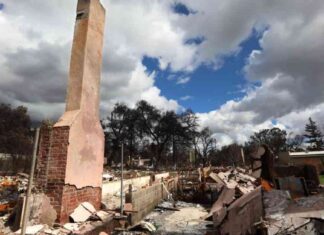U.S. wildlife managers have put aside areas in seven countries as habitat that is critical to the success of a rare songbird that migrates annually from Central and South America to breeding grounds in Mexico and the United States
ALBUQUERQUE, N.M. — U.S. wildlife managers have put aside vast regions across many countries as habitat essential to the survival of a rare songbird that migrates annually from Central and South America to breeding grounds in Mexico and the USA.
The U.S. Fish and Wildlife Service declared the last habitat designation to the american yellow-billed cuckoo on Tuesday. It insures roughly 467 square miles (1,210 square km ) and hundreds of kilometers of rivers and streams in the western countries.
The designation is not too large as originally suggested. Wildlife managers chosen to exclude greater than 300 square kilometers (777 square km ) of habitat after contemplating upgraded information about ongoing conservation actions, the shortage of appropriate habitat in some regions and possible interference with critical infrastructure.
“This designation identifies important breeding and feeding grounds for its cuckoo to encourage the species’ recovery whilst at the same time balancing the requirement in finding solutions which support present and future land-use programs,” Michael Fris, area manager for the Sacramento Fish and Wildlife Office, said in a statement.
A habitat program which spanned over 850 square miles (2,200 square km ) was first floated in 2014 but never accepted. The Trump administration suggested a more compact place in 2020, prompting the most recent round of public opinions. Because of this, the designation issued this week from the Biden government was further decreased.
“This collapse reflects the actual demand for the Biden government to make fresh direction and reform the bureau,” stated Brian Segee, a senior lawyer at the middle for Biological Diversity, a group that works to protect endangered species.
Federal biologists characterize the cuckoo within an evasive species. Difficult to watch, it chooses its own nesting spots according to habitat requirements and the access to meals . That usually means breeding habitat not appropriate one year might become appropriate the upcoming because of increased flooding or rain, while positive regions might hamper another calendar year.
Each spring and autumn, the cuckoo utilizes river corridors as avenues to journey between its wintering and breeding grounds.






















